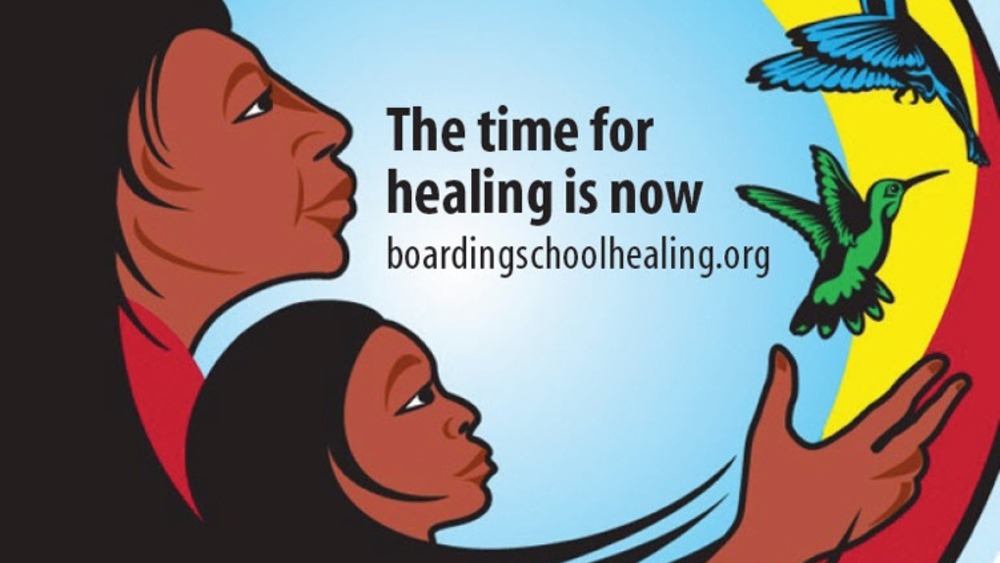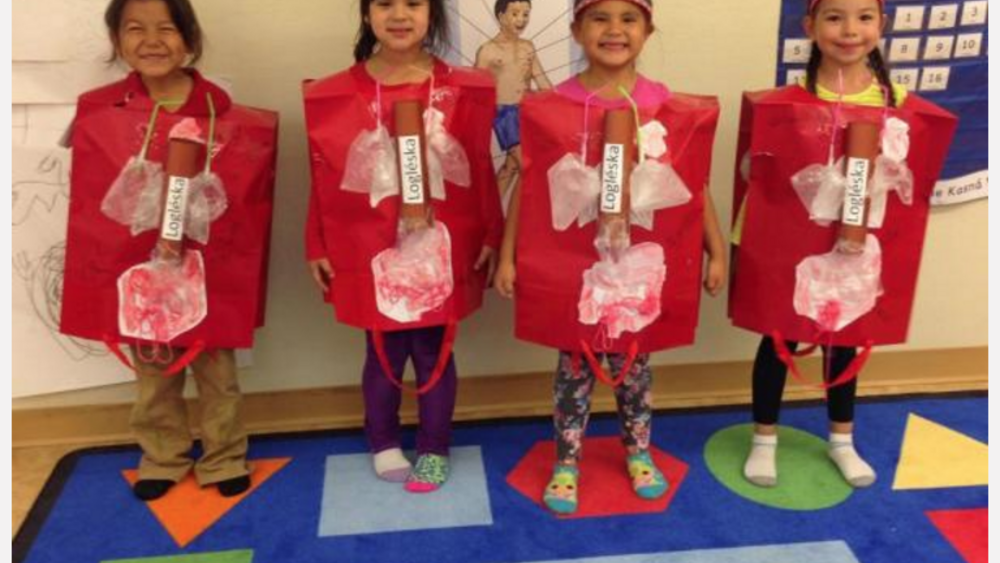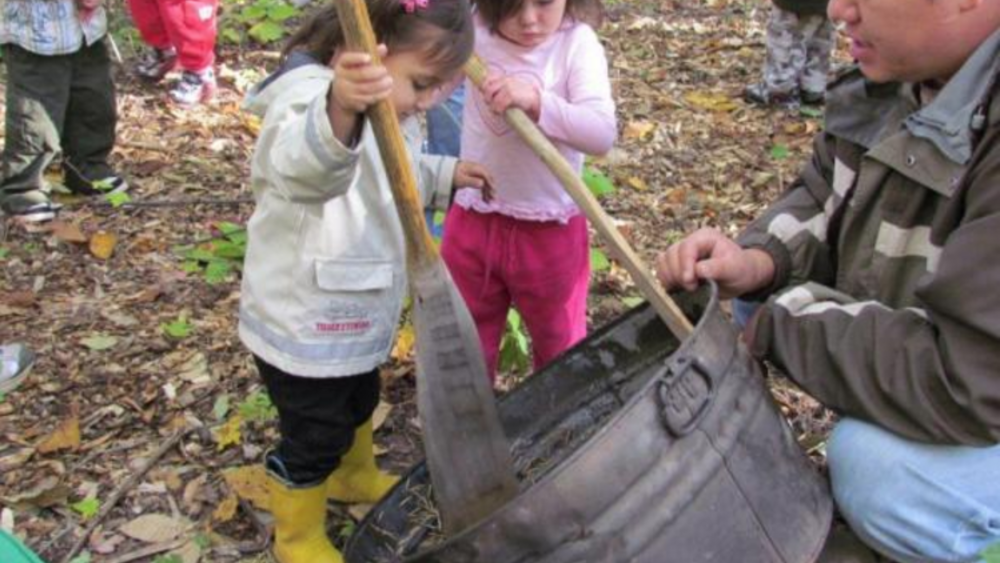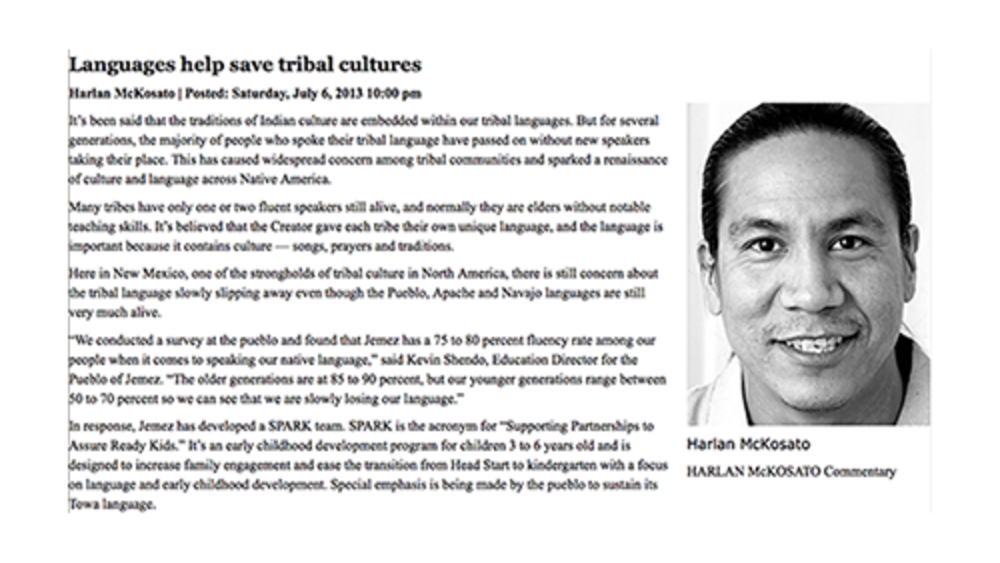Indigenous Governance Database
early childhood education

Emergence of a Distinct Legal Identity From the Forces of Assimilation: The Mesquakie Indians and the Fight for Citizenship, 1842-1912
This paper, “Emergence of a Distinct Legal Identity From the Forces of Assimilation: The Mesquakie Indians and the Fight for Citizenship” presents a close examination of the various legal disputes that led to Mesquakie citizenship. Among these disputes are a few cases that intersect with parents’…

National Indian Education Study 2015
The National Indian Education Study (NIES) is administered as part of the National Assessment of Educational Progress (NAEP) to allow more in-depth reporting on the achievement and experiences of American Indian/Alaska Native (AI/AN) students in grades 4 and 8. This report focuses primarily on two…

Challenges and Solutions to Keeping the Lakota Language Alive
“There is more to an immersion school than simply bringing in elders and having them teach the children,” said Sunshine Carlow, education manager of Lakȟól'iyapi Wahóȟpi, the Lakota Nest Immersion School on the Standing Rock Reservation in South Dakota...

Preserving Culture: 6 Early Childhood Language Immersion Programs
Language immersion schools have proved to be enormously beneficial for young learners’ academics. To quote Dr. Janine Pease-Pretty on Top, Crow, founding president of Little Big Horn College, “Solid data from the Navajo, Blackfeet and Assiniboine immersion schools experience indicates that the…

Languages help save tribal cultures
It’s been said that the traditions of Indian culture are embedded within our tribal languages. But for several generations, the majority of people who spoke their tribal language have passed on without new speakers taking their place. This has caused widespread concern among tribal communities and…
